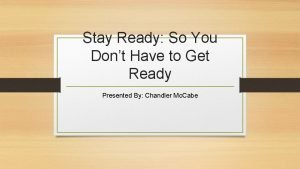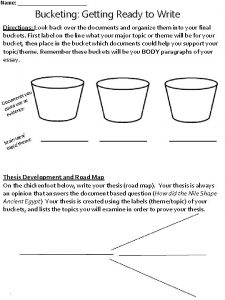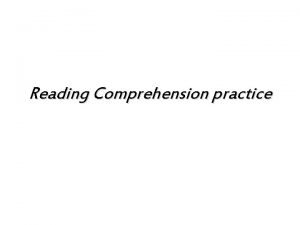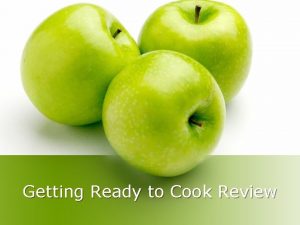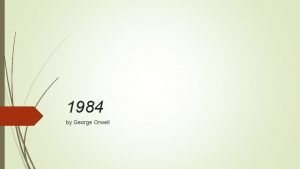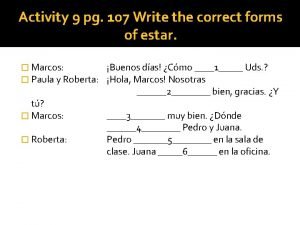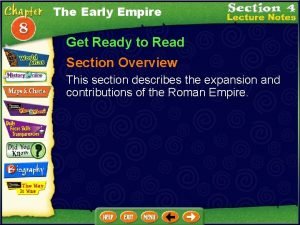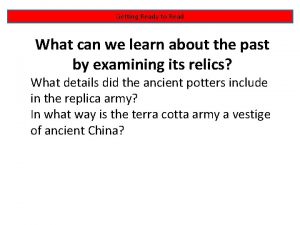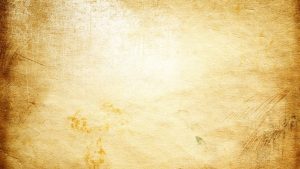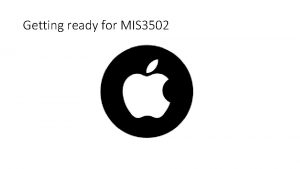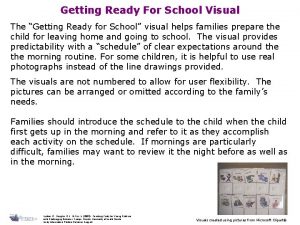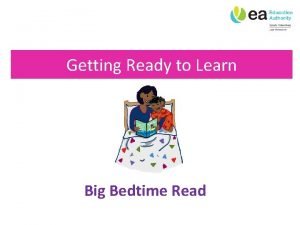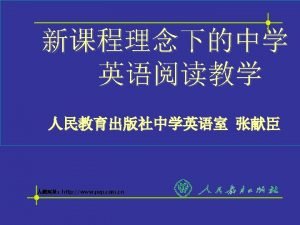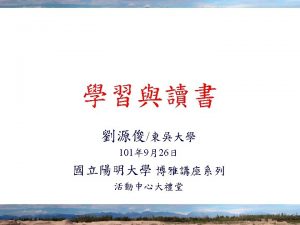Getting Ready to Read What can we learn










- Slides: 10

Getting Ready to Read What can we learn about the past by examining its relics? • How does this question relate to Qin’s terra cotta army? • When archaeologists are involved in the extraction of ancient objects, what should they do with the layers of soil they have penetrated? • Why would a ruler want to build such a large tomb?

Getting Ready to Read Amazing Words • Replica The object the farmers found was a clay replica of an ancient soldier. This replica recreated all the details of a Chinese soldier’s appearance. What kinds of details did the replicas of the soldiers include? What are some other kinds of replicas? Why do people make replicas? • Vestige – a slight remnant or trace of something The explorers discovered vestiges of an ancient civilization. Tell about the vestiges explorers might have discovered from ancient civilizations.

Getting Ready to Read 1. Explain how the photographs, headings and maps help the reader understand the text in The Emperor’s Silent Army. 2. What is the main idea of the section “A Strange Discovery”? Name one detail from the section that supports the main idea. 3. Think about what you already know about emperors, kings or queens who created large tombs filled with treasures. Based on your knowledge, why do you think Qin would want an army of clay soldiers around his tomb? 4. What does the word perfectly near the bottom of page 211 mean? Use word structure to determine the meaning. 5. According to old stories, why did some villagers rebury the “pottery man”?

Read and Comprehend Read pages 214 -223 Answer the Critical Thinking questions on page 224 when you have finished.

Read and Comprehend Fluency Practice Follow along with me as I read page 213 out loud. Now read the page out loud with your table group. Research and Study Skills Note Taking Tips Be an active listener Listen for main ideas Use abbreviations Listen for signal words and phrases (the first reason, the main cause, in conclusion) Review your notes

Language Arts Research and Inquiry You will analyze your findings from the computer lab. Decide if you have enough information to write your report or if you need more research.

Language Arts Possessive Nouns • Show ownership • To form a singular possessive noun, add an apostrophe and –s • To form a plural possessive noun that ends in s, just add an apostrophe • To form a plural possessive noun that does not end in s, add an apostrophe and -s

Language Arts Spelling Practice spelling your words with your finger, or write them 3 times, or quiz your neighbor.

Language Arts Writing – Mystery Turn to page 226 -227. Read the key features of a mystery. Read the student model on page 227. What is the setting? What is the problem? What clues do you see? Use the scoring rubric to decide what score the student model should get.

Language Arts Begin writing your rough draft. Be sure to use the chart you created yesterday to help you. Create a plot that is solvable and answers who, what, when, where and why. Limit the number of characters Make a list of clues that you can use in your story
 Stay ready so you don't have to get ready
Stay ready so you don't have to get ready The secret to getting ahead is getting started
The secret to getting ahead is getting started Bucketing getting ready to write answers
Bucketing getting ready to write answers I was getting ready for sam's birthday
I was getting ready for sam's birthday Getting ready to cook
Getting ready to cook Ready cook safety
Ready cook safety Chatbot adult
Chatbot adult Getting ready for the real world answers
Getting ready for the real world answers Marta and berta are getting ready for school
Marta and berta are getting ready for school Kinesthetic imagery
Kinesthetic imagery What products came from the farms of italy gaul and spain
What products came from the farms of italy gaul and spain
